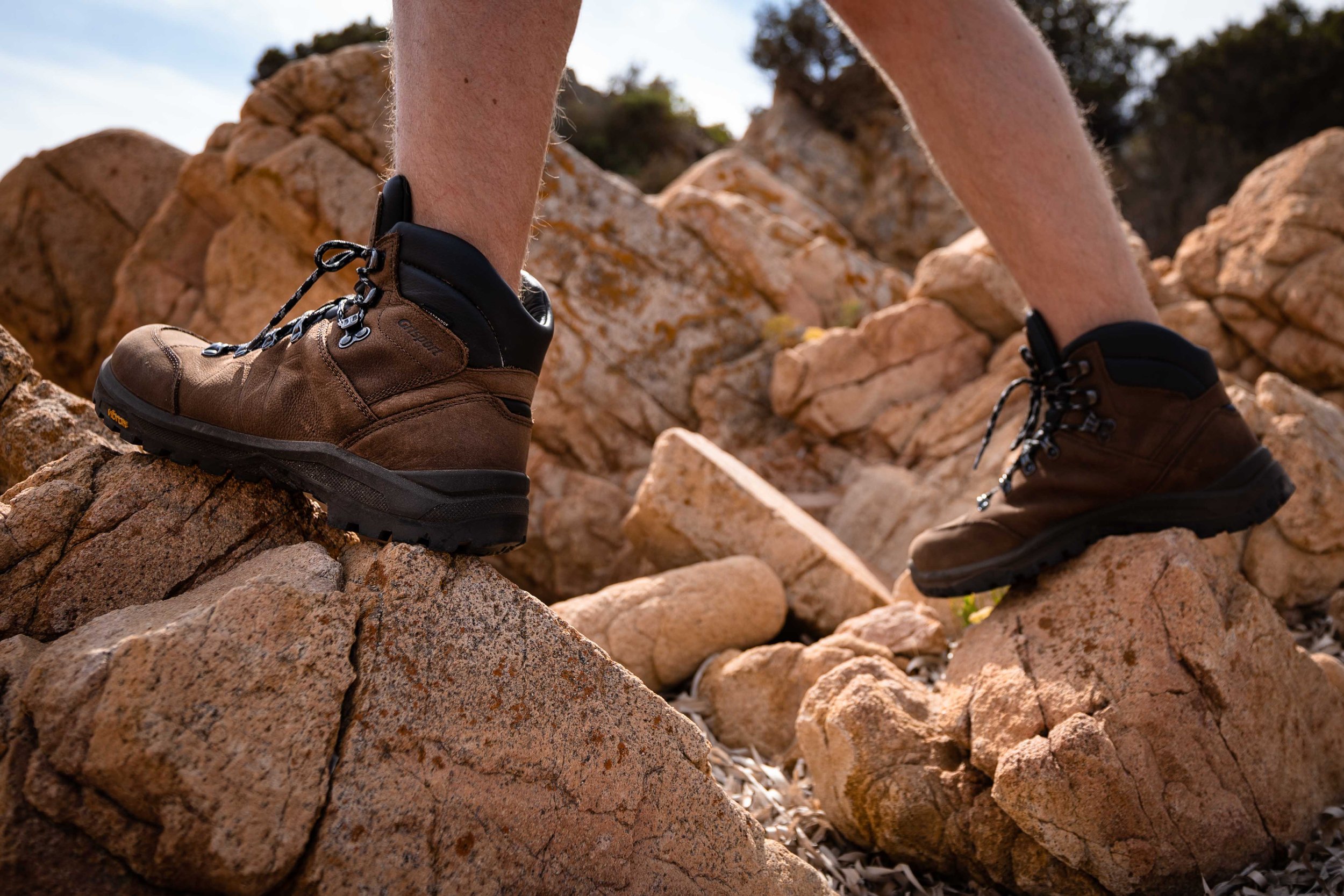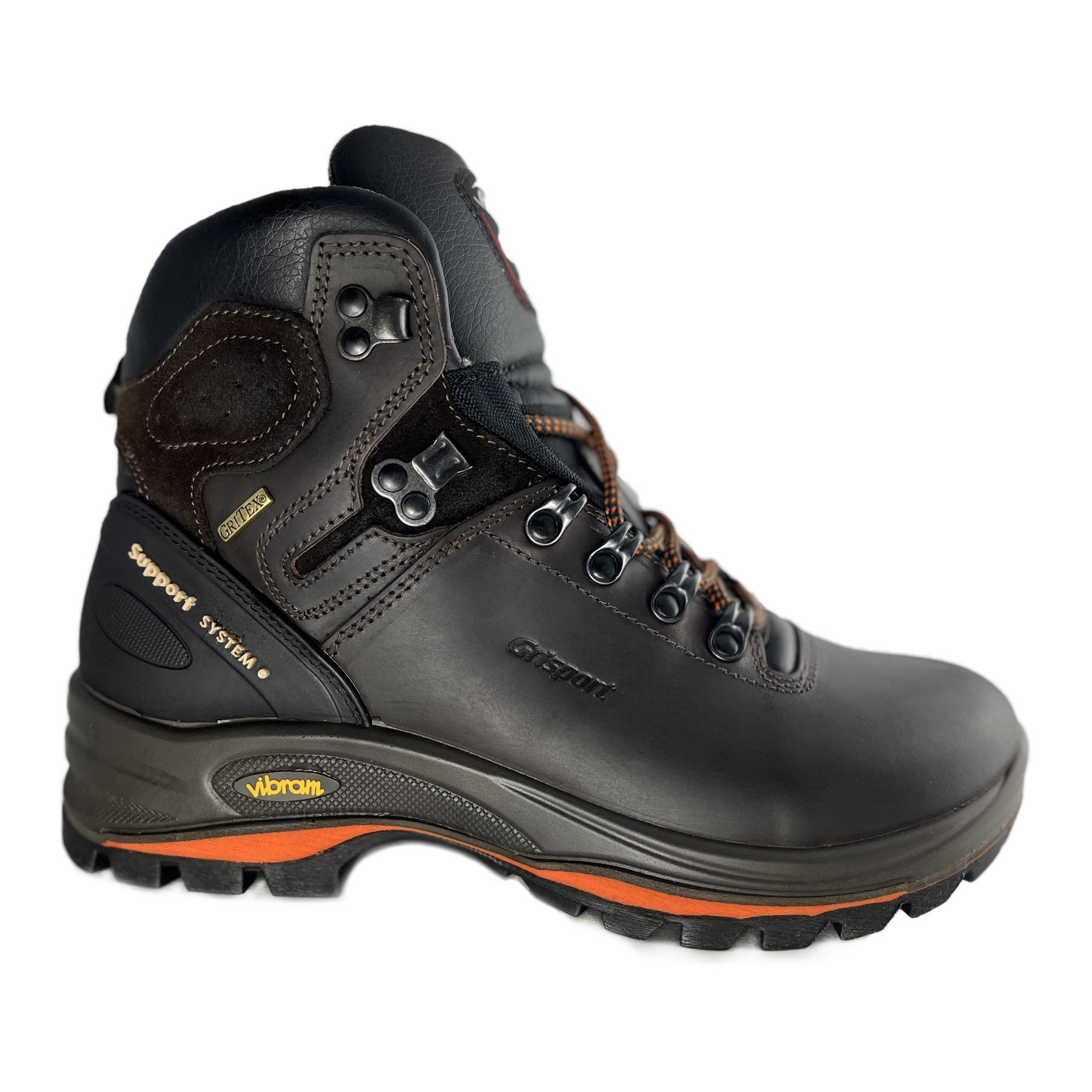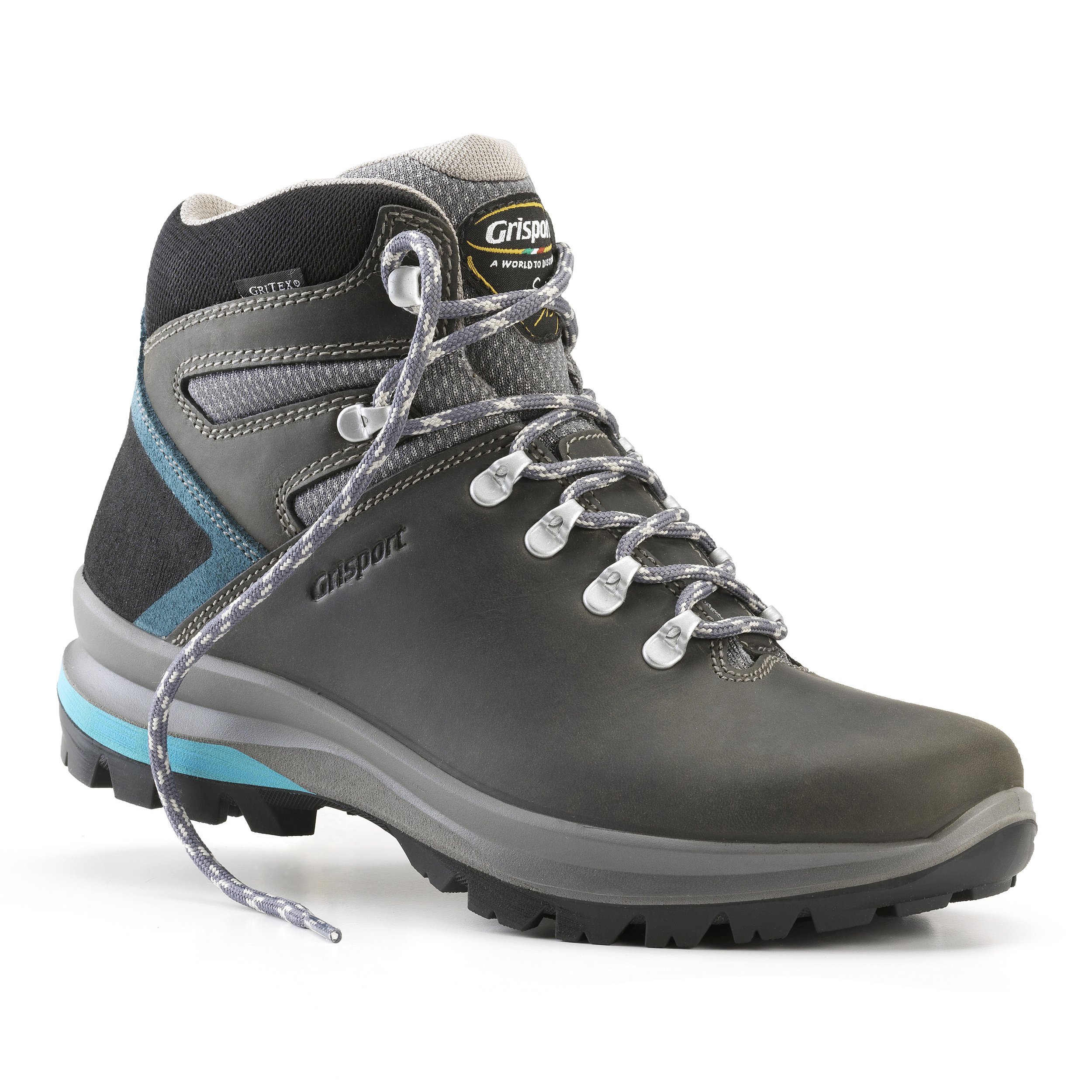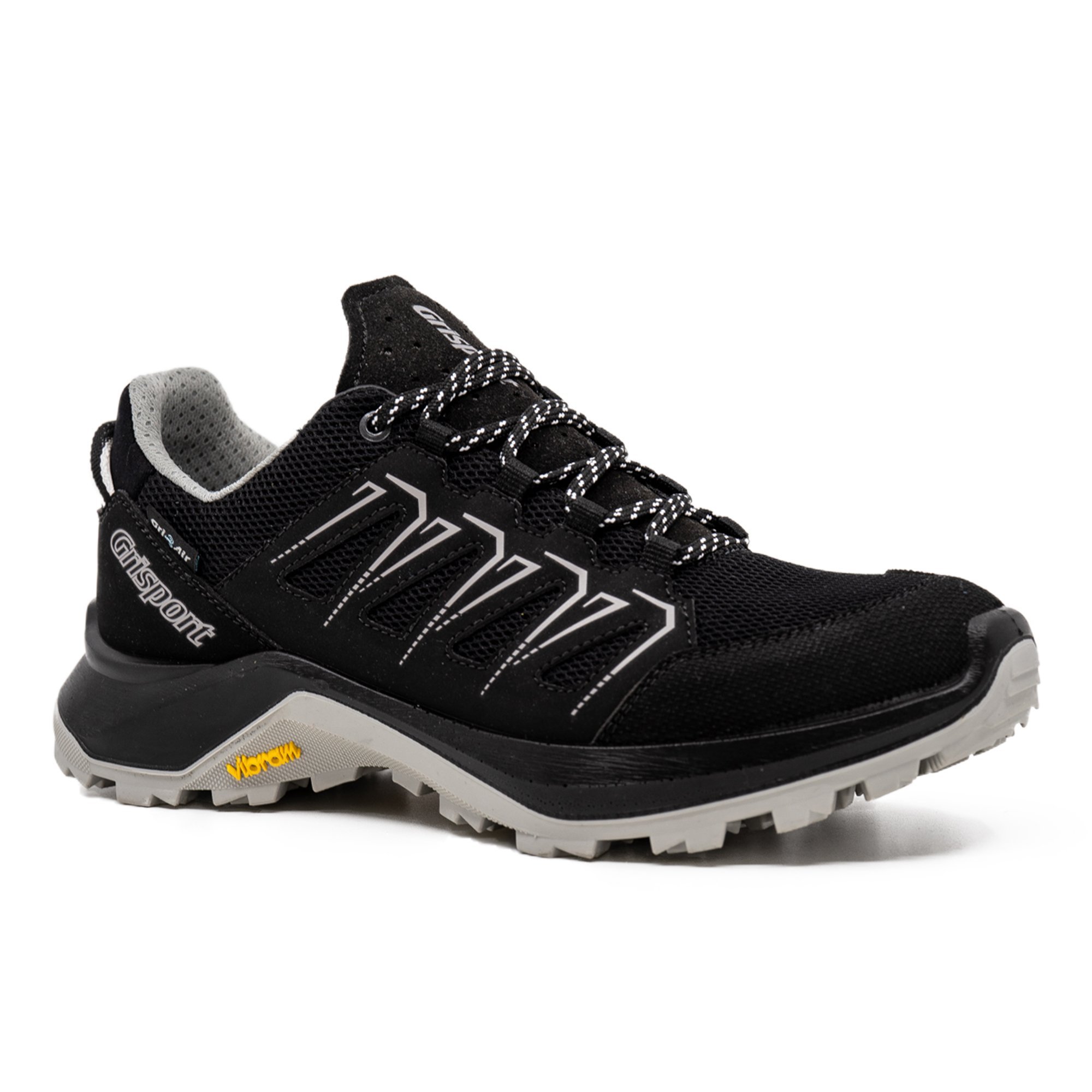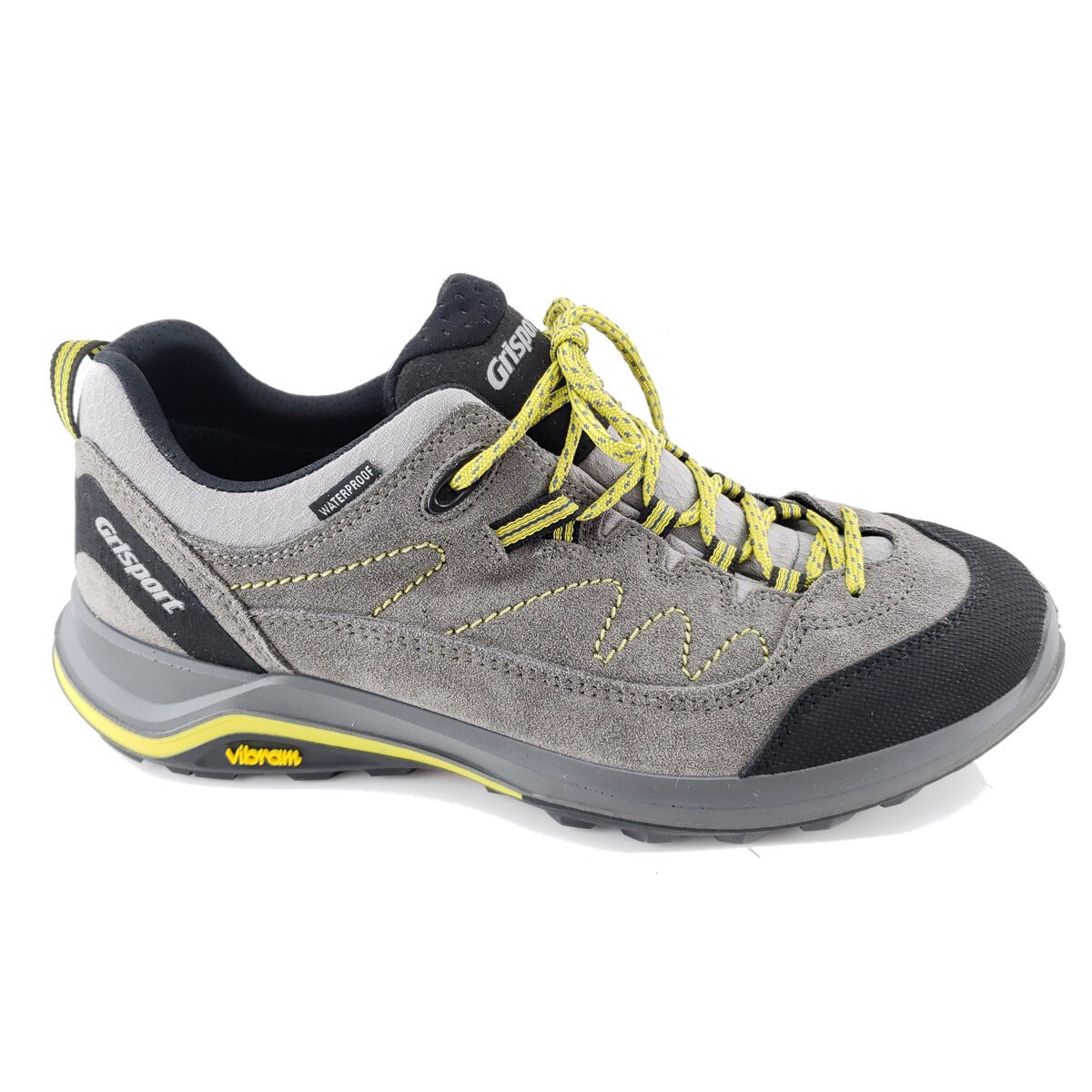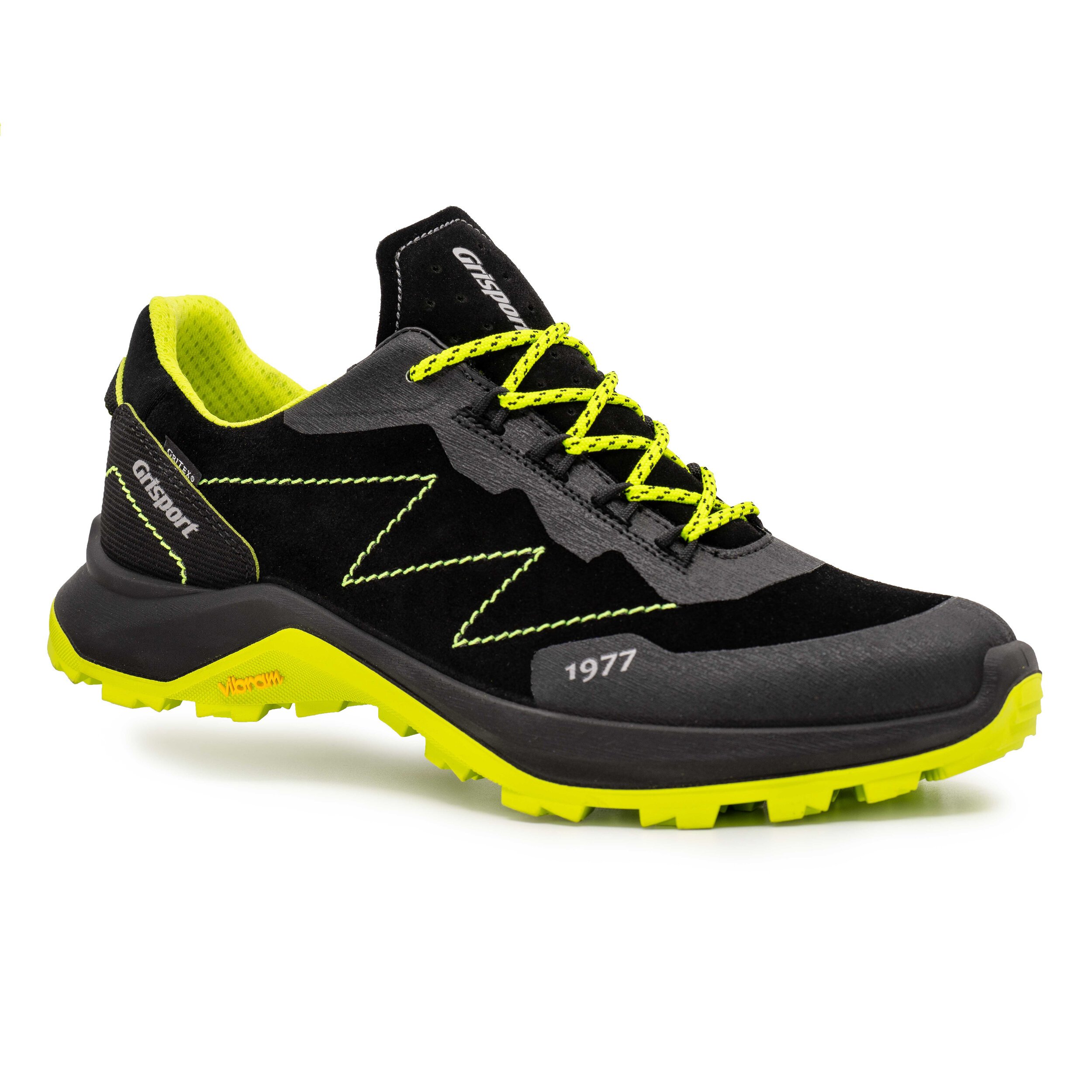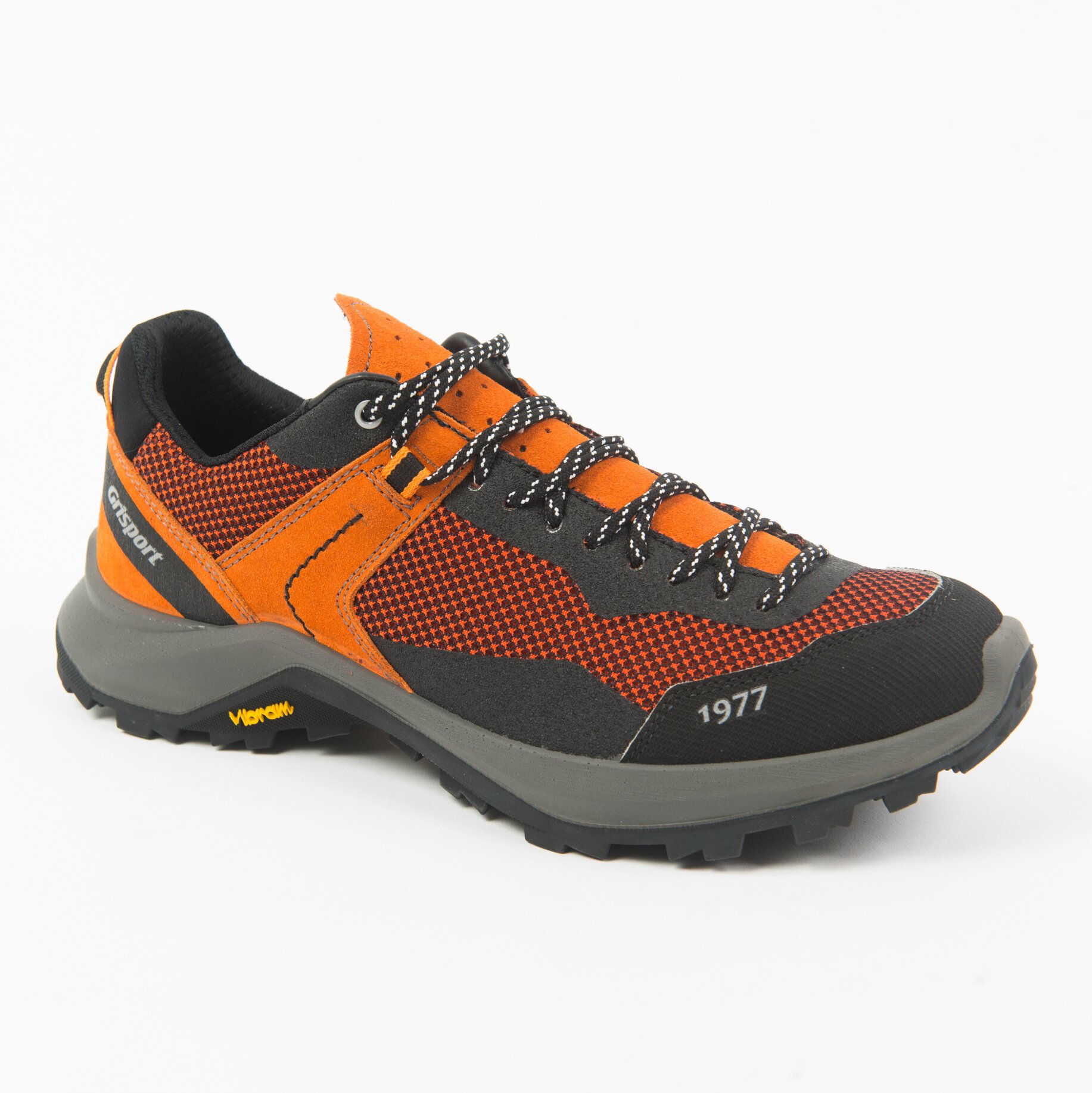Walking, running and hiking shoes, what’s the difference?
Hiking shoes are an adventurer's best friend, but how do they stack up against walking and running shoes? It's a question many outdoor enthusiasts and fitness lovers ponder as they stand before a wall of shoe options. In today's article, we explore this footwear triad, delving into their unique characteristics, similarities, and ideal usage scenarios.
As an industry-leading brand, Grisport, prides itself on crafting high-quality, durable and comfortable hiking shoes designed to handle a multitude of terrains and conditions. However, we understand the importance of picking the right shoe for the right activity. Whether you're embarking on a rugged mountain trek, going for a morning jog, or planning a leisurely walk in the park, your footwear can significantly impact your comfort, performance, and safety.
Through a series of frequently asked questions, we'll examine the differences and overlaps between walking, running, and hiking shoes, helping you to understand which is the best fit for your specific needs.
Let's lace up and start this footwear exploration!
Can I wear regular running shoes for hiking?
Yes, you can wear regular running shoes for hiking, but it will depend on the type of hike you're planning.
For light, well-maintained trails with little incline or rocky terrain, running shoes can provide enough support and traction. In fact, many people prefer them because they are typically lighter and more breathable than traditional hiking boots, which can be more comfortable over long distances.
However, for more challenging or technical hikes, it's often better to use footwear specifically designed for hiking. Hiking boots or shoes offer more ankle support and better traction, thanks to Vibram soles, for uneven and slippery surfaces. They are also typically more durable and can withstand harsher conditions, which is especially important for long hikes or multi-day trips. Additionally, many hiking boots and shoes are waterproof or water-resistant, making them a better choice for wet or muddy conditions.
In general, your choice of footwear should be based on the conditions you expect to encounter and the level of comfort and support you need. When making your decision, consider factors such as the terrain, weather, distance, and your personal preference for weight and style.
Are hiking shoes and walking shoes different?
Yes, hiking shoes and walking shoes are indeed different, and each is specifically designed for their intended activities. Here are some of the main differences:
Purpose and Terrain: Walking shoes are designed for flat, even surfaces and typically won't provide enough support or protection for hiking on rough or uneven trails. Hiking shoes, on the other hand, are designed for a variety of outdoor terrains, and have features like reinforced toes and better ankle support to prevent injury.
Traction: Hiking shoes generally have deeper lugs (the bumps on the bottom of the shoe) to provide more traction on slippery or uneven surfaces, which you're more likely to encounter on hiking trails. Grisport’s hiking shoes are all equipped with Vibram soles, which makes a real difference!
Durability: Hiking shoes are typically more durable than walking shoes, as they are designed to withstand more rugged conditions. They often have a tougher exterior material, protective toe caps, and reinforced soles.
Support: Hiking shoes are designed with more support in mind to help stabilize your foot and prevent injuries, especially on uneven ground. This includes sturdier construction and, often, higher ankle supports in the case of hiking boots.
Waterproofing: Many hiking shoes have waterproof or water-resistant capabilities to keep your feet dry in wet conditions, something not usually found in walking shoes.
While it's perfectly fine to take a pair of walking shoes on a gentle, well-maintained trail, if you're going to be hiking regularly or on more challenging terrains, investing in a good pair of hiking shoes is recommended.
Is it OK to wear hiking shoes for walking?
Yes, it's generally okay to wear hiking shoes for walking. Hiking shoes are designed to provide support and protection for a variety of terrains, so they can certainly handle walking on flat, even surfaces. However, they might be a bit overkill for casual, everyday walking and may not be as comfortable or lightweight as shoes designed specifically for walking.
In conclusion, while you can certainly use hiking shoes for walking, they might not be the most suitable or comfortable option for regular walking or urban use. However, for walking in rough or rural conditions, they can be an excellent choice. As always, the best shoe depends on your personal comfort and the specific conditions in which you'll be using them.


